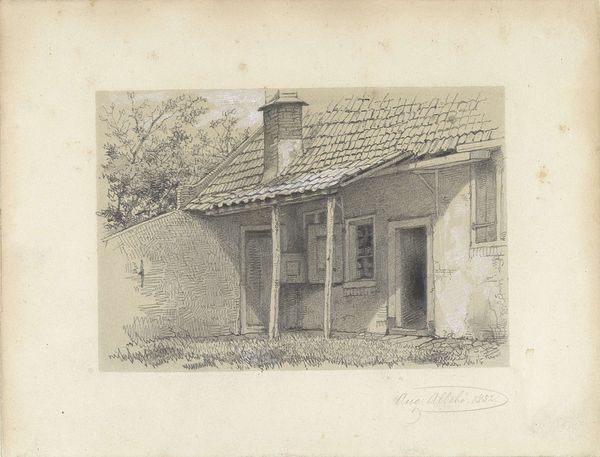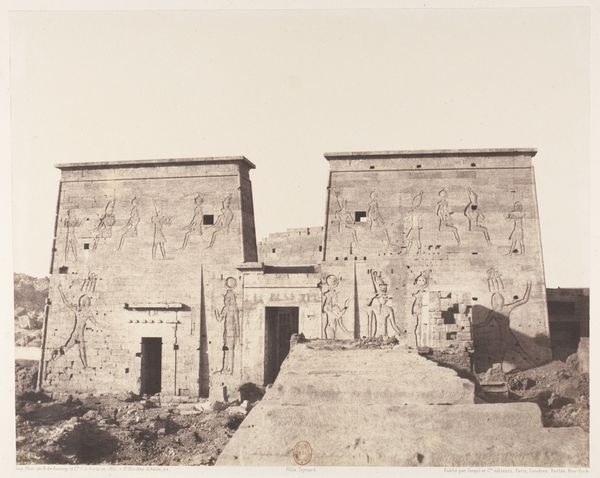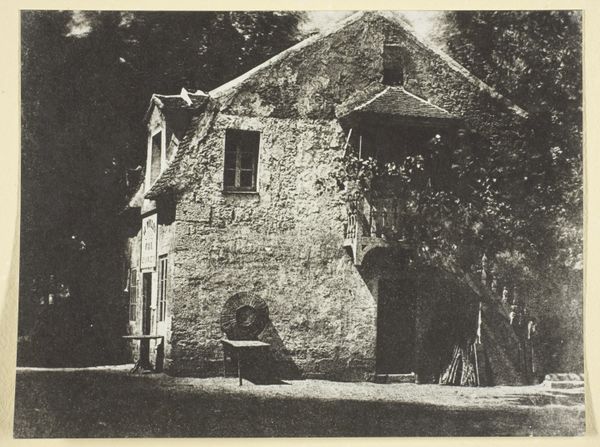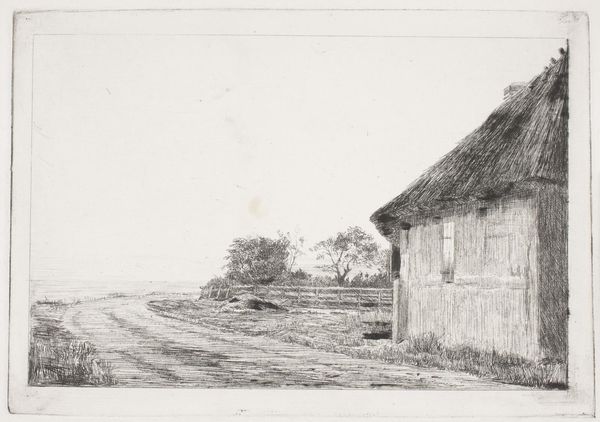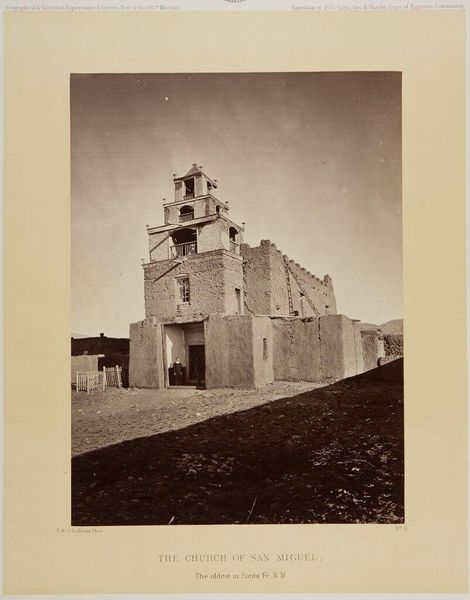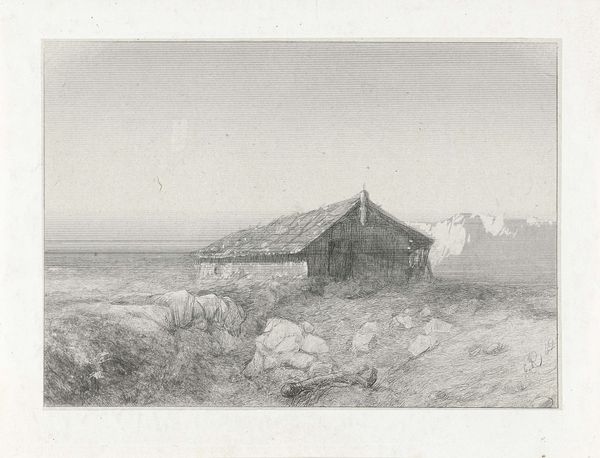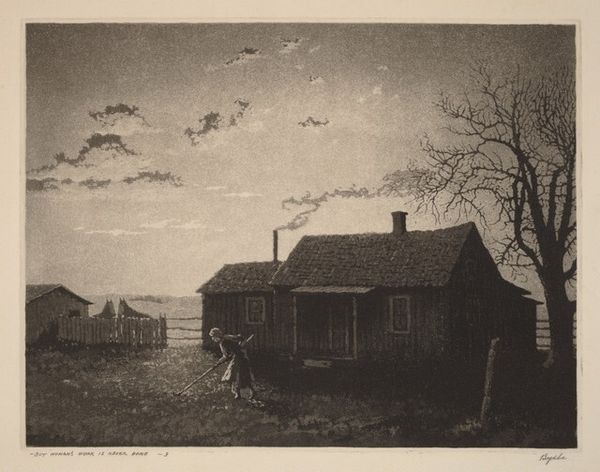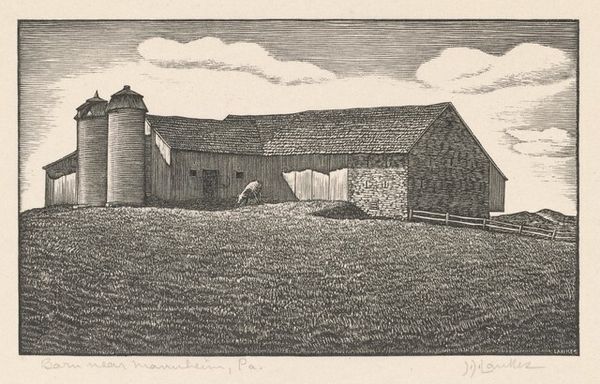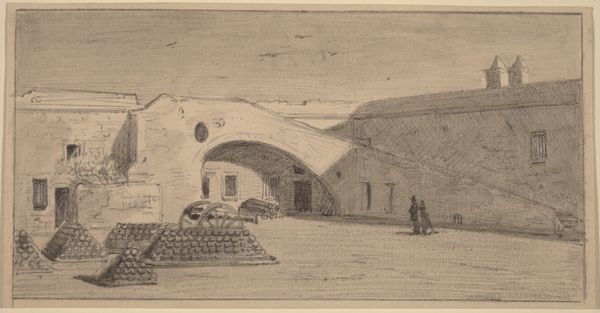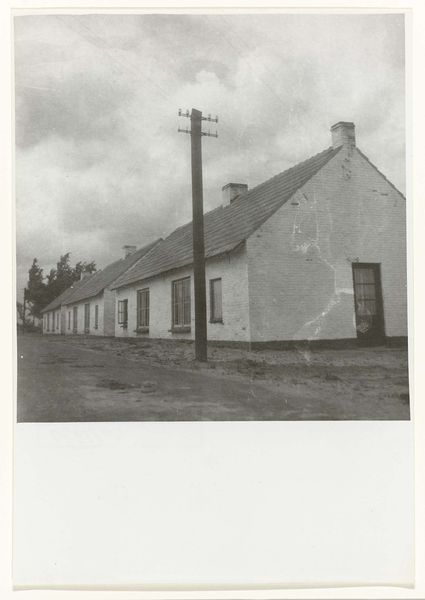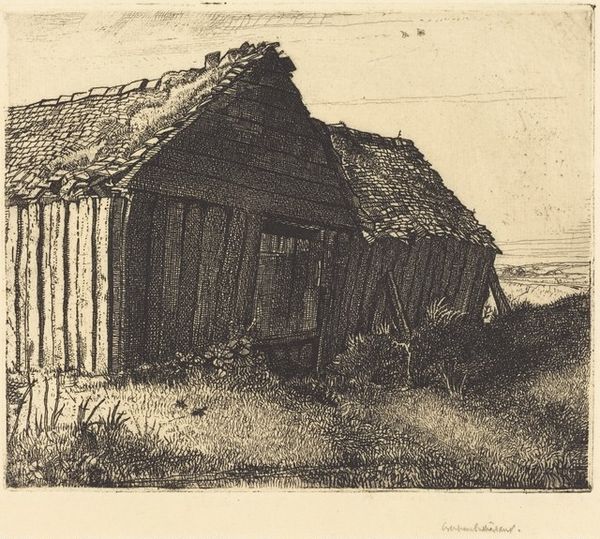
print, photography
#
black and white photography
# print
#
sculpture
#
photography
#
monochrome photography
#
cityscape
#
modernism
#
monochrome
Dimensions: image: 12.7 x 15.8 cm (5 x 6 1/4 in.) sheet: 40.3 x 31.4 cm (15 7/8 x 12 3/8 in.)
Copyright: National Gallery of Art: CC0 1.0
Editor: We're looking at Paul Strand's "Plaza, State of Puebla," a black and white photograph printed sometime between 1933 and 1967. It strikes me as stark and geometric; the buildings feel solid and imposing against that sky. What do you see in this piece, especially given its likely timeframe? Curator: It's fascinating how Strand captures this scene. The Plaza is presented not just as a place, but as a stage for the power dynamics inherent in post-revolutionary Mexico. What stories do you think these stark lines and closed doors might tell about access and exclusion? Editor: That's interesting; I was focused on the aesthetic qualities, the contrasts of light and shadow. But the closed doors definitely give a sense of exclusion, almost foreboding. Were there specific social issues Strand might have been commenting on? Curator: Absolutely. Think about land reform, class divisions, the struggle for indigenous rights during this period. Strand, coming from a tradition of social documentary, likely chose this composition to subtly critique those power imbalances, the promises of the revolution versus the realities on the ground. How do you read the role of the building's architecture within that socio-political context? Does it feel inviting? Editor: Not really. The plain facades and blocked windows feel impenetrable, which emphasizes your point. The rough texture contrasts to the more austere lines create an interesting conflict in the picture. It's less a celebration of progress and more a critical observation, would you say? Curator: Precisely! The photograph operates as a powerful document of its time, reflecting the complex intersectional narratives surrounding identity and social justice in Mexico, then and now. It serves as a crucial reminder that how we perceive history through art influences how we consider contemporary social dynamics. Editor: That gives me so much more to think about regarding Strand’s intent and how photographic style can become a form of activism. Thank you.
Comments
No comments
Be the first to comment and join the conversation on the ultimate creative platform.
